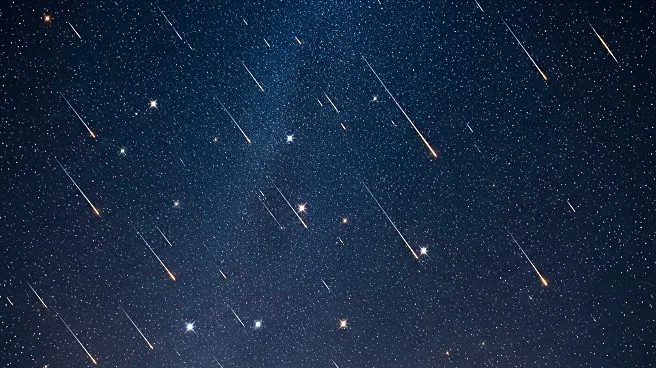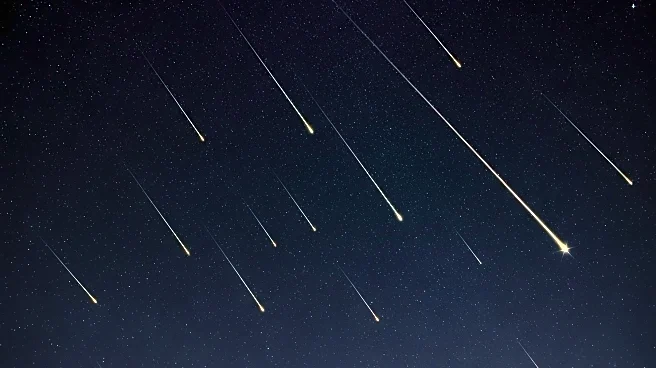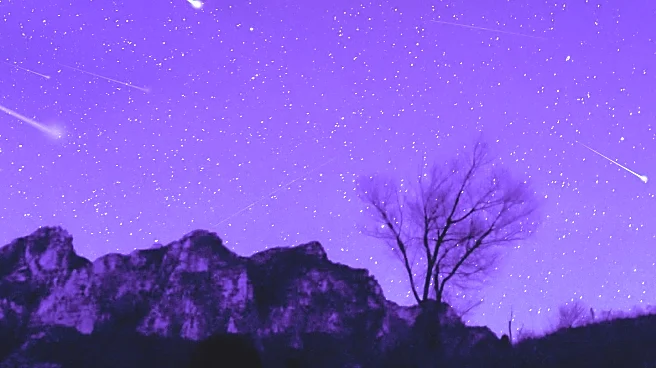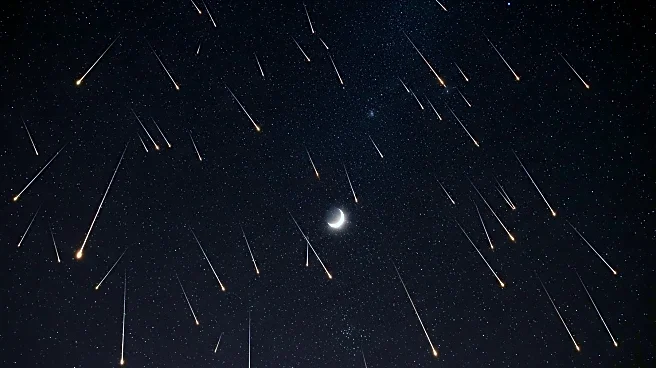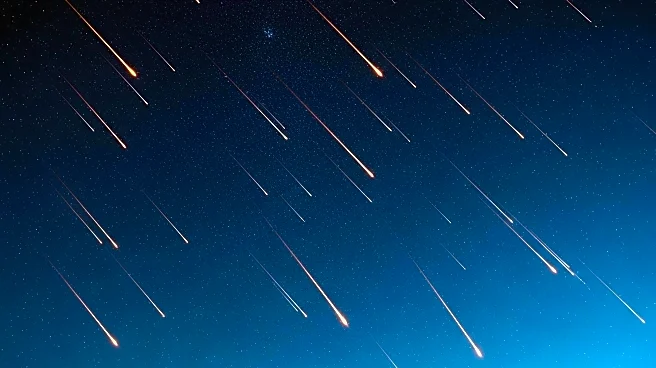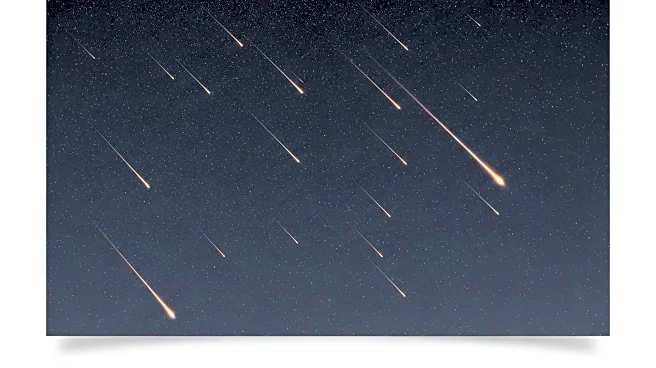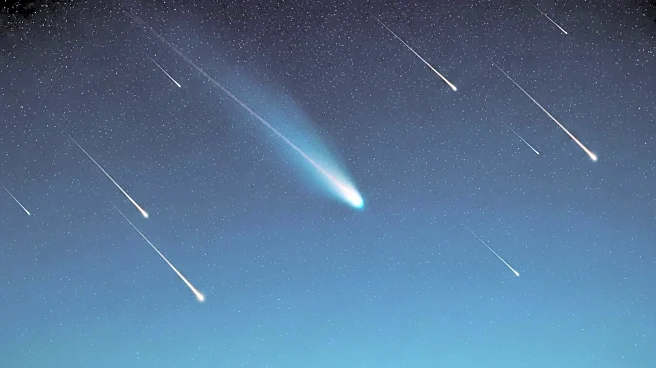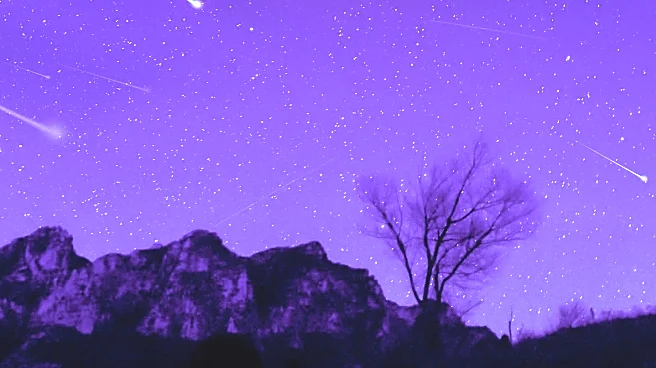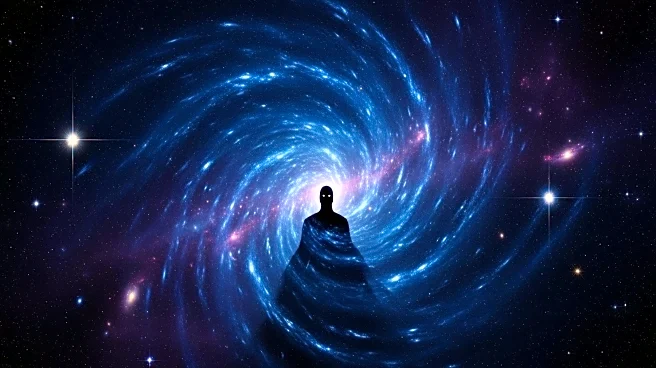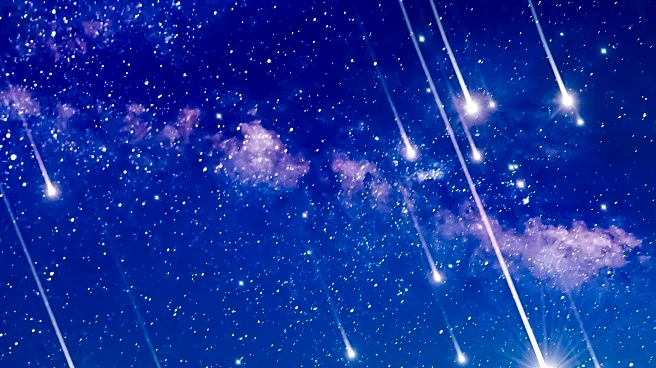What's Happening?
The Orionid meteor shower is set to peak overnight on October 20-21, 2025, offering stargazers the chance to witness 10-20 meteors per hour. This annual event occurs as Earth passes through debris left by Halley's Comet, with meteors originating from the constellation Orion near the star Betelgeuse. Unlike the Perseid meteor shower, which was affected by moonlight, the Orionids will benefit from a dark, moonless sky, enhancing visibility. Known for their speed and glowing trails, the Orionids may also produce bright fireballs that outshine planets.
Why It's Important?
The Orionid meteor shower provides a unique opportunity for astronomers and enthusiasts to observe celestial phenomena without interference from moonlight. This event highlights the dynamic nature of Earth's interaction with cometary debris, offering insights into the composition and behavior of meteors. The shower's visibility can boost interest in astronomy and skywatching, encouraging public engagement with science and fostering a deeper appreciation for cosmic events.
What's Next?
As the peak approaches, stargazers are advised to find locations away from city lights and allow their eyes to adjust to the darkness for optimal viewing. The best time to observe the Orionids is in the predawn hours of October 21, when the radiant is high above the southern horizon. Observers should be prepared for potential fireballs and consider capturing images of the event using astrophotography techniques.
